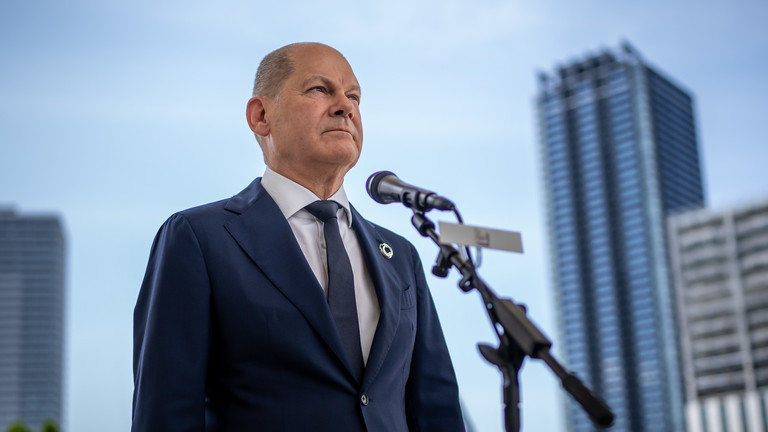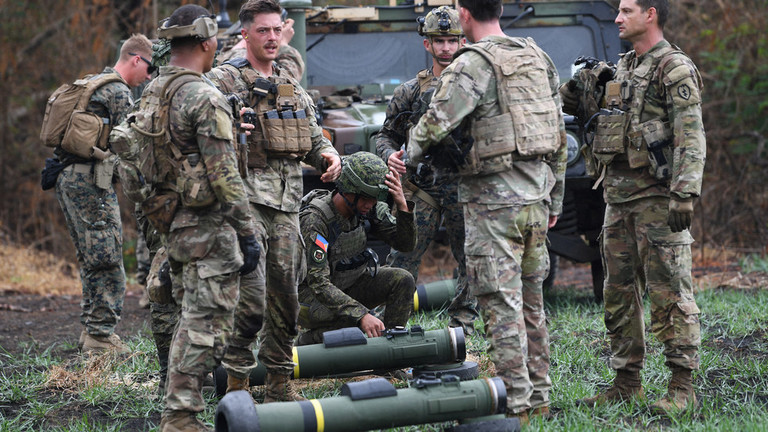KYIV, Ukraine (AP) — Airstrikes cut power and water supplies to hundreds of thousands of Ukrainians on Tuesday, part of what the country’s president called an expanding Russian campaign to drive the nation into the cold and dark and make peace talks impossible.
President Volodymyr Zelenskyy said nearly one-third of Ukraine’s power stations have been destroyed in the past week, “causing massive blackouts across the country.”
“No space left for negotiations with Putin’s regime,” he tweeted.
Depriving people of water, electricity and heat as winter begins to bite, and the broadening use of so-called suicide drones that nosedive into targets have opened a new phase in Russian President Vladimir Putin’s war. The bombardments appear aimed at wearing down the notable resilience Ukrainians have shown in the nearly eight months since Moscow invaded.
Meanwhile, along the front lines, things remained “very difficult” for Russian troops in the southern region and city of Kherson, according to Russia’s new commander, Sergei Surovikin.
He told reporters in Moscow that the Russian military would help evacuate civilians ahead of an expected Ukrainian offensive.
Kherson is one of four regions illegally annexed by Russia last month. Regional head Vladimir Saldo said Tuesday that residents of Berislav, Belozersky, Snigiryovsky and Alexandrovsky were to be moved across the Dnieper River, away from Russian troops building “large-scale defensive fortifications.”
Saldo urged residents to stay calm and said they would “remain under the reliable protection of the Russian army.”
On Friday, too, Saldo had urged Kherson residents to evacuate. Russian authorities promise free travel and accommodations to those who leave for Russia, the only route out that they have offered.
Across Ukraine, even far from front lines, basic utilities are no longer certainties, with daily Russian strikes reaching far into the country and damaging key facilities.
The latest city shorn of power was Zhytomyr, home to military bases, industries and leafy boulevards, about 140 kilometers (85 miles) west of Kyiv. The mayor said the whole city of 250,000 lost power and also water initially. Repairs quickly reconnected some homes but 150,000 people were still without electricity hours after the morning strike, regional authorities said.
Pavlo Raboschuk, a 33-year-old computer repairman in Zhytomyr, said that only small shops that could get by without electricity were open on his route to work.
“Only swear words come to mind,” he said. He’s bracing “for a tough and dark winter,” with dehydrated foods, warm clothes and batteries already stockpiled at home.
City hospitals switched to backup power after the double missile strike Tuesday on an energy facility, said Mayor Serhiy Sukhomlyn.
In the capital, Kyiv, missile strikes damaged two power facilities and killed two people, city authorities said. The attack left 50,000 people without power for a few hours, the facilities’ operator said.
Missiles also severely damaged an energy facility in the south-central city of Dnipro, and strikes hit the northeastern region of Sumy.
Russia is mixing up its modes of attack.
Suicide drones set ablaze an infrastructure facility in the partly Russian-occupied southern Zaporizhzhia region, the regional governor said.
Air-defense S-300 missiles, which Russia has been repurposing as ground-attack weapons as its stocks diminish, were used to strike the southern city of Mykolaiv. In the eastern city of Kharkiv, eight rockets fired from across the nearby border with Russia hit an industrial area, the regional governor said.
In Zhytomyr, school director Iryna Kolodzynska had students back at their desks within 30 minutes of the air raid all-clear. Without power for their computers, they used the class board to work on math equations.
“We must not break down,” she said. “There are regions that suffered much more from the war than we did.”
Waves of the explosives-laden suicide drones also struck Kyiv on Monday. One slammed into a residential building, killing four people.
The Iranian-made Shahed drones that hit Kyiv have also been widely used elsewhere in Ukraine in recent weeks. An Associated Press photographer caught one on camera Monday, its triangle-shaped wing and pointed warhead clearly visible, though the Kremlin refused to confirm their use.
The U.N. Security Council scheduled closed consultations Wednesday afternoon on the Iranian-made drones at the request of the United States, Britain and France. They contend that supplying them to Russia violates the 2015 U.N. Security Council resolution that endorsed the 2015 nuclear deal between Iran and six countries.
A Western official, speaking on condition of anonymity to discuss intelligence, said Russia is pursuing a strategy of “attempting to destroy Ukraine’s electricity network” with long-range strikes that are causing civilian casualties rather than degrading its military.
The official said the Iranian drones “are playing an increasingly significant role, although we can see that Ukraine is effectively neutralizing many of them before they hit their targets.”
In a televised address on Monday night, Zelenskyy said Russia is using the drones because it is losing ground in the war.
“Russia doesn’t have any chance on the battlefield, and it tries to compensate for its military defeats with terror,” he said. “Why this terror? To put pressure on us, on Europe, on the entire world.”
Zelenskyy’s tweet ruling out talks with Putin wasn’t the first time he’s said that he won’t negotiate with the Russian leader. Russia and Ukraine held several rounds of talks in the first month after Moscow’s invasion but they fell apart. The Kremlin has said talks could only be possible if Ukraine meets Russian demands and accepts its land-grabs of Ukrainian territory. Ukraine has flatly ruled out talks on those terms
In other developments:
— Ukraine’s nuclear energy operator said Russian forces have detained two more senior employees at the Zaporizhzhia Nuclear Power Plant. Energoatom said their whereabouts are unknown. Also unknown are the whereabouts of another executive who was detained earlier in October.
— In Russia, the death toll from Monday’s crash of a Russian warplane into a residential area rose to 15. The Su-34 bomber came down in the port city of Yeysk after one of its engines caught fire during takeoff for a training mission, the Defense Ministry said. Both crew members bailed out safely, but the plane struck a neighborhood, causing a huge blaze, officials said.

 NEWS2 months ago
NEWS2 months ago
 NEWS2 months ago
NEWS2 months ago
 NEWS2 months ago
NEWS2 months ago
 INVESTMENTS2 months ago
INVESTMENTS2 months ago
 FINANCE2 months ago
FINANCE2 months ago
 FINANCE2 months ago
FINANCE2 months ago
 WAR2 months ago
WAR2 months ago

























